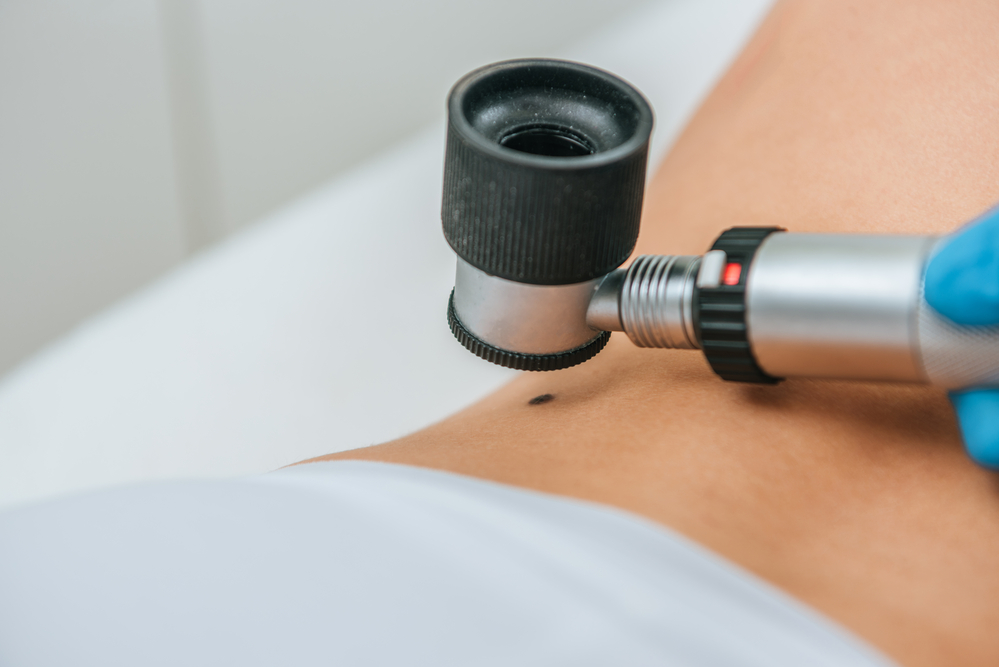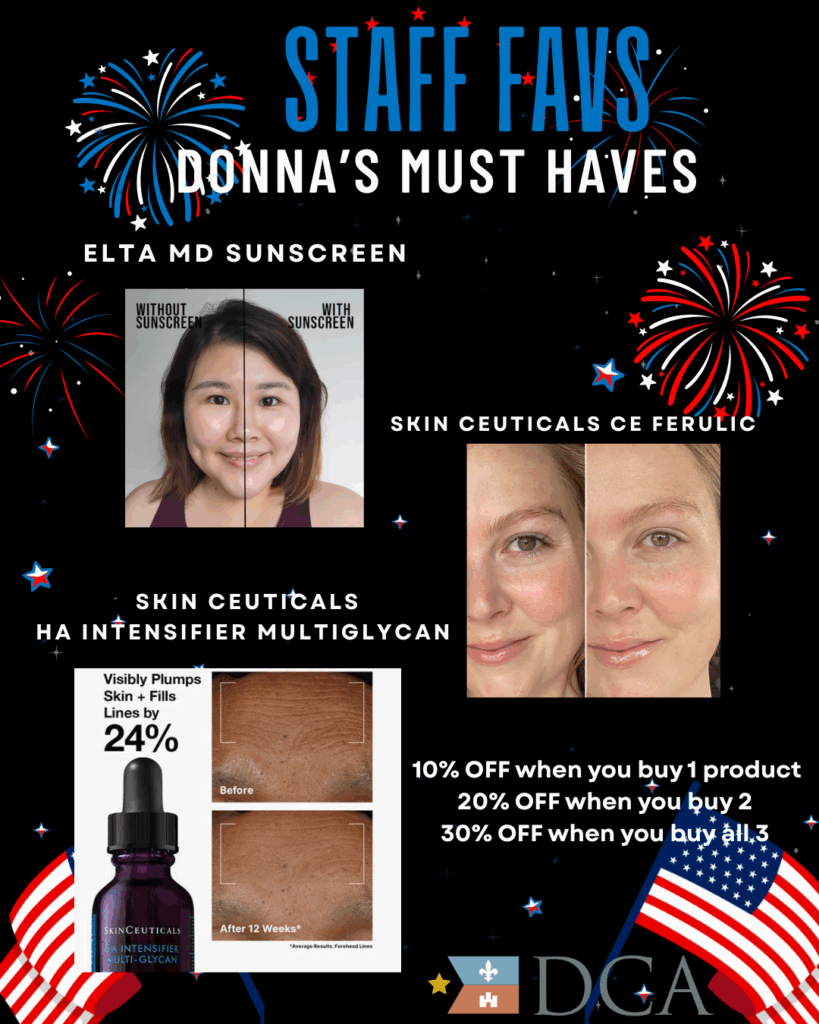
Everyone’s skin is different. We all have moles, freckles, or other lesions that help contribute to making us all unique individuals.
When it comes to moles, they can be removed for many reasons. In most cases, your dermatologist may deem a suspicious looking mole as a risk for skin cancer and recommend removal. Other times these procedures are at a patient’s discretion for more cosmetic reasons.
In any case, there are a myriad of factors that affect the process of mole removals as well as if there will be any significant scarring. So what can you expect when getting a mole removed, as well as the healing process and any scars that may or may not accompany it?
How are moles removed?
Luckily, these days, mole removals is a very non-invasive procedure. In fact, moles can usually be removed by a board certified dermatologist in a single office visit. Of course, every patient and case varies to some degree, but in most cases it’s a relatively simple procedure.
There are three primary procedures used to remove moles.

Shave excision
For shave excisions, a thin, razor-like tool is used to carefully slice and remove the mole from the surface of the skin. Stitches are usually not necessary as a small electrode device is often used to provide electrosurgical feathering.
The feathering helps to blend the edges of the area where the mole was cut from, minimizing any inconsistencies in that area of the skin. From there a pathologist will likely examine the mole for signs of skin cancer under a microscope.
There are also punch excisions, in which your dermatologist will use a small tool with a rounded blade. The mole is then “punched” and pulled out completely. The resulting area usually requires 1-2 stitches.
Surgical excision
Surgical excision, as its name suggests, is a bit more serious. It’s a deeper procedure than excisions and more closely mirrors traditional surgery. It will require stitches, as the dermatologist not only cuts the entire mole out, but beneath it to the subcutaneous fat layer.
The mole will again be examined for signs of cancer.
Note that you should never try to remove a mole yourself. You run the risk of more severe scarring and infection. Additionally, if a mole is cancerous, you could leave cancer cells behind.
Mole Removals and Scars
Whether a mole is removed because it’s actually cancerous or simply for cosmetic reasons, patients run the risk of scarring. Scars can eventually disappear on their own, or they may remain the same as they appear a few weeks after the procedure took place.
A few factors determine how scars manifest themselves, including:
- Age
- Location of the Mole
- Type of Removal Procedure
But no matter the case of the end result, there are ways to not only minimize a mole removal scar, but help an existing scar better heal and eventually (maybe) fade away significantly.

Can Scars Heal?
The short answer is yes. Again, when it comes to mole removals, factors like age, type of procedure, and size of the incision all play a role in the healing and scarring process. It’s often a case by case basis.
A general rule is to allow around two to three weeks for a mole removal area to heal before evaluating its scarring. You may need to wait until the wounded area is completely healed before you can start applying any methods to help reduce the scarring.
And the initial care for the wound is imperative to minimizing scarring and preventing infection. As individual cases will vary, be sure to listen to your dermatologist about how to treat and care for the wound yourself.
Mole Removal Aftercare
In all likelihood you’ll walk out of your dermatologist’s office after a mole removal care procedure with a full knowledge of how to treat your wounded area. That includes providing your former mole-spot with with a protective dressing.
But when it’s your turn to take care of it, you’ll need to treat it like any other wounded area to reduce the risk of more severe scarring. That means twice every day, you’ll need to:
- Keep it clean. Use clean water and an antibacterial soap.
- Apply a layer of petroleum jelly.
- Redress the wounded area with a simple bandage.
Taking care of your mole removal area will simply become another part of your daily skincare routine.
The ‘Scar’ Treatment
If after your mole removal area has healed, you’re uncomfortable with any remaining scar, there may be options for you moving forward. While scarring from mole removal is usually minimal, everyone’s individual insecurities and preferences vary. And it doesn’t hurt to explore procedural options.
- Laser can help reduce redness in scars.
- Microneedling. Stimulates collagen production via many small puncture holes at the surface of the skin to try to reduce the appearance of scars when texture is the main concern.
- Scar revision involves undergoing a second procedure to remove the scar and start with a fresh closure.
While scarring isn’t always ideal, keep in mind the alternative might be keeping a mole you don’t realize is cancerous. Be aware of all of your moles and keep track of whether or not they change in size or color. A scar will always be better to have if it means saving your life!
Whether it’s to prevent cancer or for simple cosmetic purposes, most moles can be surgically removed if desired. Just be sure to consult with a board certified dermatologist before taking any action or removing a mole yourself.
Furthermore, consider your own skin. If you have an excessive amount of moles or a family history of skin cancer or extreme exposure to the sun over a long period of time, you may be at a greater need to remove a mole. Reach out to us at the Dermatology Center of Acadiana today and schedule a consultation!
An annual check up with your dermatologist is a great way to minimize your risk. After all, everyone’s skin is unique. From mole removal to scar reduction, it’s important to get the advice and perspective of a medical professional to have a full grasp of how to approach your skin care.

